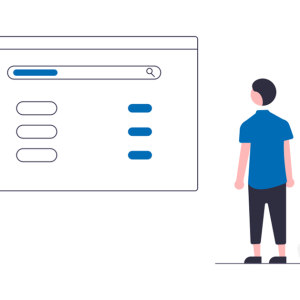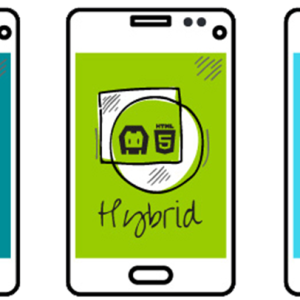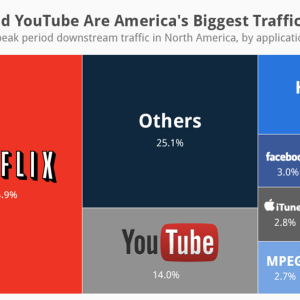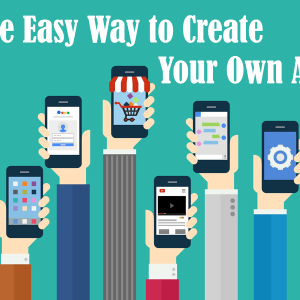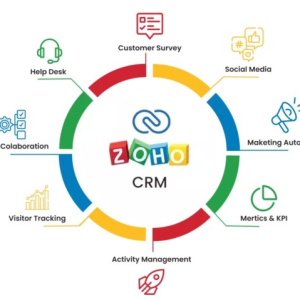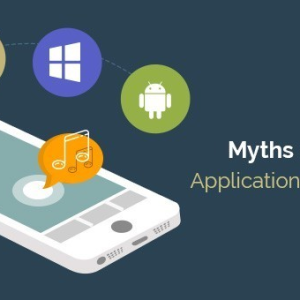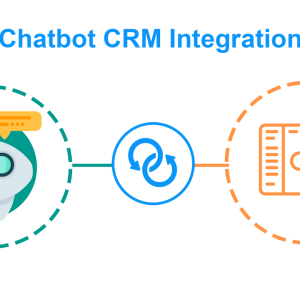Introduction

How would you like to automate some of your daily tasks using WhatsApp? Maybe you want to schedule messages or send reminders. Or maybe you’d like to create a Whatsapp Chatbot for business that answers questions for you.
With over 2 billion users worldwide, WhatsApp has solidified its position as the quintessential messaging application. With an assortment of bots integrated within the app, there are copious amounts of them available for users to interact with. For those who still remain skeptical of this information, we recommend perusing our comprehensive article elucidating the top 50 WhatsApp bots that exist today.
By making use of a myriad of programming languages including Node.js, Python, Java, Ruby, C, PHP, and JavaScript, among others, the possibility of constructing a personalized WhatsApp bot is within reach. In this tutorial, we will explore the creation of a simple, yet sophisticated bot that will respond to user inquiries by providing them with a message. Before we delve further into this process, let us first address these three fundamental queries.
What Is A WhatsApp Bot?
In contemporary times, the inception of a WhatsApp bot, also known as a “WhatsApp app,” is a remarkable phenomenon that has captured the attention of tech enthusiasts worldwide. Simply put, a WhatsApp bot refers to a sophisticated computer program that is skillfully designed to execute various functions while operating within the bounds of the WhatsApp mobile application.
Its broad spectrum of capabilities ranges from the automation of mundane tasks, such as sending messages and capturing images, to performing complex operations, like recording videos and executing intricate commands. While the concept of bots has been present since the advent of WhatsApp, it is only in recent times that their use has skyrocketed to unprecedented heights, paving the way for exciting possibilities in the realm of technological innovation.
How Do I Create A WhatsApp Bot?
The creation of a WhatsApp bot is a relatively straightforward process. With the vast array of programming languages at one’s disposal, there are no limits to the possibilities that can be achieved. For the purposes of this tutorial, we shall make use of Node.js as the primary programming language for the bot’s construction. Nevertheless, it is important to note that Python, Java, Ruby, C, PHP, and a litany of other languages can be used to build the bot.
The versatility of the various programming languages provides ample opportunities for users to create their personalized bots with distinctive features. Whether you choose to use Node.js or one of the other programming languages, the end result will be a personalized and functional WhatsApp bot that serves its purpose efficiently.
Why Would I Want A WhatsApp Bot?
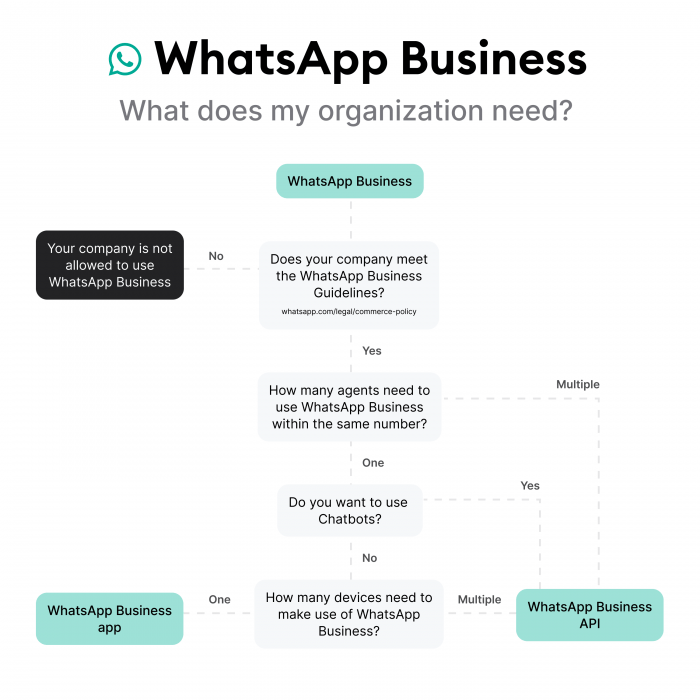
It is not surprising that many individuals opt to construct a bot for WhatsApp, and the reasons are manifold. For starters, there are those who harbor an unbridled love for automation, and find the notion of repeatedly typing out extensive messages to be a tiresome endeavor.
On the other hand, some people may be bereft of a smartphone and/or a stable internet connection, and the use of a bot proves to be an efficacious solution. Lastly, there are those individuals who aim to monetize their bot, and seek to derive a profit from their innovation.
Regardless of the reason behind the construction of a WhatsApp bot, it is an endeavor that necessitates a modicum of technical prowess, and the ability to think creatively. As such, it is essential to have a comprehensive understanding of the intricacies involved in the bot’s creation.
How Do I Get Started?
Embarking on your journey to create a cutting-edge WhatsApp bot demands a sequence of fundamental steps, and the foremost among them is the installation of the WhatsApp API – an exceptional free-of-cost service proffered by the creators of WhatsApp, explicitly aimed at empowering developers worldwide to bring their bot ideas to life.
Subsequently, following the API installation, registering your account and procuring the required files are essential requisites that must be satisfied before commencing the riveting task of coding.
Once you’ve triumphantly completed this preliminary stage of the development process, you can proudly bask in the knowledge that you are now well-equipped and fully prepared to embark upon the exciting mission of constructing an alluring, high-performing WhatsApp bot.
Coding A WhatsApp Bot
The conception and construction of a bot on WhatsApp represents a formidable undertaking, predominantly since official APIs are inimical to bots. To surmount this quandary, the services of third-party APIs, like Twilio or Zapier, must be requisitioned, an enterprise that may seem arduous at the outset. Nevertheless, with the right orientation, you can have your bot operational expeditiously.
The foremost step in this process entails the fabrication of a novel WhatsApp account. This shall facilitate the trial and assessment of your bot devoid of any trepidation of forfeiting any messages. Following the establishment of your account, it is time to inaugurate the formulation of code. Nevertheless, anterior to delving into this realm, it is imperative that you have a rudimentary apprehension of Python.
For the evolution of your bot, we espouse the utilization of PyCharm as your integrated development environment (IDE), which comes equipped with free built-in mechanisms that can aid you in the construction of your bot. The preeminent phase in the coding of your bot requires the importing of necessary libraries, such as the Twilio and requests libraries.
Next, the definition of your bot’s URL shall be necessitated. Despite the possibility of selecting any URL, we propose the usage of ngrok, for its gratis and facile setup. Thereafter, the composition of your bot’s code may commence. To jumpstart the process, initiate with a basic message like “Hello, world!”.
Once you’ve finished writing your code, run it, and PyCharm will take care of the rest. Assuming everything goes smoothly, you should receive a message like “Your bot is running at http://localhost:5000/“.
As you embark on the journey of bot building, it is now opportune to navigate to your WhatsApp application and initiate a fresh chat with your newly created bot. Observably, your message will promptly appear in the chat, which can prove to be a stimulating encounter.
In the event that you are intrigued by the concept of coding bots, we highly recommend exploring some of our other tutorials as they offer a plethora of insights. Additionally, our course on constructing chatbots may also be of interest to you, as it can elevate your skills to the next level. So why not give it a try today and unleash your potential?
Adding Extra Features To WhatsApp Bot
If you endeavor to expand the competencies of your WhatsApp chatbot for business, it is highly recommended that you leverage the potential of the Twilio API. This multifaceted platform proffers a plethora of functionalities, encompassing the sending and receiving of SMS messages, as well as making and receiving phone calls. You may even construct an entire chatbot on its platform, with diverse and multifarious features.
However, to unleash the full potential of this API, you must first embark on the onboarding process of Twilio. This entails initiating a new account, followed by acquiring a phone number that is exclusive to your brand. This process may be deemed necessary, as Twilio is a steadfast and reliable platform that demands user exclusivity.
Once this initial setup has been completed, the subsequent step is to add your Twilio credentials to your code. These credentials can be easily located in the “Settings” tab of your Twilio account. Following this, you can fully immerse yourself in exploring the vast and extensive possibilities that the Twilio API has to offer.
For instance, you may choose to incorporate a “Call me” button that enables users to connect with you directly via WhatsApp. To manifest this function, you would first need to devise a new “Call” action in your bot’s code, which would solicit the user’s phone number as input and exploit the Twilio API to trigger a call to that number. The integration of such features is what will differentiate your chatbot from the multitudes, and give you a competitive edge in the market.
Once the “Call” action has been integrated into your bot, you can then embed the “Call me” button into your bot’s UI. This button can be affixed to any message template, and upon being clicked, it will initiate a call to the user.
Similarly, you can also add a “Text me” button that enables users to send a text message to you directly through WhatsApp. The implementation of this function involves the creation of a new “Send Message” action in your bot’s code, which would acquire the user’s phone number and message as input and utilize the Twilio API to deliver a text message to that number.
Once you’ve integrated the “Send Message” action into your bot, you can then include the “Text me” button in your bot’s UI. This button can be appended to any message template, and upon being clicked, it will send a text message to the user.
These are just a few examples of the endless possibilities that the Twilio API offers in terms of enriching the functionality of your WhatsApp chatbot. By replicating this process for each new feature you wish to incorporate, you can build a comprehensive and dynamic bot that caters to the specific needs of your audience. So, unleash your creativity and explore the full potential of the Twilio API to craft an unparalleled WhatsApp chatbot experience!
Challenges Of Building A WhatsApp Bot For Business
As aforementioned, the development of WhatsApp bots is not a simple task due to the platform’s strict policies. Consequently, to construct your bot, you must utilize third-party APIs which can be unreliable at times.
Additionally, there are other obstacles that must be taken into account, such as:
- The recipients you can message are limited to individuals who have saved your phone number in their contact list. This is a result of WhatsApp’s strict privacy policy.
- You can only send messages to individuals who are presently online. If someone is not online, you will be unable to message them.
- The types of files that can be sent via WhatsApp are limited to text messages exclusively, meaning images, videos, and other file types cannot be sent.
- A stable internet connection is necessary for uninterrupted bot operation. If the internet connection is lost or unstable, your bot will not work correctly.
- To utilize WhatsApp, you must have a smartphone, as the platform is not supported on computers.
Despite these hindrances, building a WhatsApp bot can be an enjoyable and gratifying experience. So if you’re up for the challenge, we strongly encourage you to try your hand at it!
FAQs on Using The WhatsApp Chatbot For Business
1. Are there any tools I need to build a chatbot for WhatsApp?
Commencing the process of fabricating a WhatsApp chatbot does not necessitate the possession of specialized instruments. What is essential for the operation is solely a textual editing program such as Notepad++ or Sublime Text, and a rudimentary comprehension of the Python programming language.
2. What kind of messages can I send with my chatbot?
With respect to the species of messages that are eligible for dissemination via your chatbot, it is of the utmost significance to recognize that solely text messages are admissible. This is attributable to the regulations of WhatsApp, which categorically prohibit the conveyance of visual depictions, videos, or supplementary file formats.
3. How do I test my chatbot?
The undertaking of testing your chatbot constitutes yet another facet that mandates meticulous contemplation. To carry out such testing, it is incumbent upon you to initiate the formulation of a new WhatsApp account and affix your bot’s phone number to your roster of contacts. Following this, instigate a conversation with your bot and keenly monitor the manner in which it retorts to your messages.
4. Do I need a constant internet connection to use my chatbot?
Concerning the necessity of a stable internet connection for your chatbot’s functionality, it is a prerequisite. Without a constant internet connection, your chatbot will be rendered incapable of executing its intended purpose, therefore rendering it impractical.
5. Do I need a smartphone to use my chatbot?
As to the inquiry of whether a smartphone is necessary to operate the chatbot, the answer is yes. To use your chatbot, a smartphone is crucial, as it is not as effectively compatible with computers as with a smartphone.
6. Is WhatsApp chatbot better than other chatbots?
In relation to its peers, the WhatsApp chatbot exhibits certain favorable differentiations. One of its notable merits resides in its augmented privacy traits, whereby interaction can solely be conducted with persons who have incorporated your telephone number into their catalog of contacts. Furthermore, the deployment of the WhatsApp chatbot is buttressed by its employment of the sanctioned WhatsApp API, furnishing it with heightened dependability. Notwithstanding, the WhatsApp chatbot harbors certain drawbacks, among them, the confinement of its messaging scope to exclusively online acquaintances.
7. Tips for building a successful WhatsApp Chatbot For Business
- Opt for a trendy and hot topic: To gain traction and attract more users, selecting a topic that is popular and in-demand is crucial.
- Simplify your chatbot: Your chatbot should be simple and easy to use so that users don’t have to exert much effort in figuring it out.
- Test it extensively: Before launching your chatbot, it’s critical to test it thoroughly to guarantee that it operates as planned.
- Advertise it: After launching your chatbot, it’s essential to promote it to ensure that users are aware of its existence.
By keeping these pointers in mind, you’ll be able to construct a winning WhatsApp chatbot that can draw in and retain a considerable number of users!
Conclusion
The intricacies of building a WhatsApp chatbot for business have been elucidated in this article. Not only that, but we’ve also analyzed the pros and cons of WhatsApp chatbots. If you are keen on constructing a chatbot, we implore you to take a leap of faith and embark on this thrilling venture!
Supposing you are experiencing some difficulties getting started, fret not. 12 Channels is an excellent and invaluable resource for chatbot development. Our website provides extensive insights into the development of chatbots, specifically how to build a chatbot for WhatsApp. If you happen to have any queries, please do not hesitate to contact our highly knowledgeable subject matter experts.


